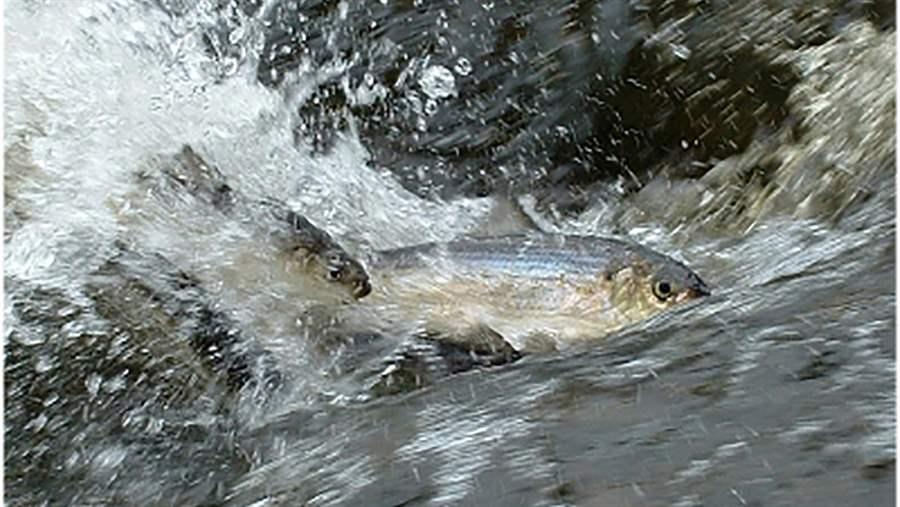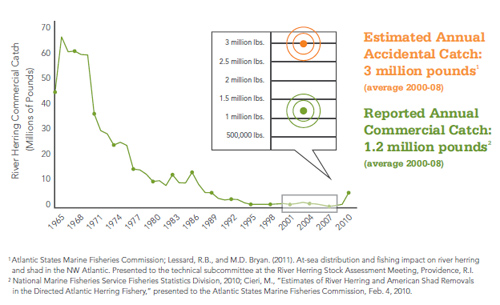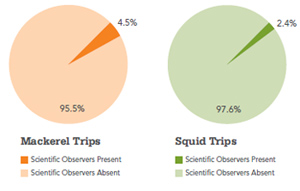Mid-Atlantic River Herring
Populations of alewife and blueback herring are in serious decline along the Atlantic coast and face numerous threats. These fish—called river herring—play an important ecological role in rivers and coastal waters, providing a crucial source of food to wildlife. By restoring river herring, we can help protect an entire ecosystem.
One Step Forward...
River Restoration

Imperiled River Herring.
Historically, dams and other impediments, combined with poor water quality, have severely reduced river herring access to their native spawning habitat. Much time, money and manpower have been invested in restoration efforts, improving river conditions. But river herring populations have declined by about 99 percent, and commercial fishing for river herring along the Atlantic coast has netted fewer and fewer fish. More help is needed.
Two Steps Back...
Management Hot Potato
River herring have fallen through the cracks of fisheries management. Federal and state agencies continue to pass responsibility for river herring like a hot potato.
LIFE CYCLE: River herring begin life in ponds, river and coastal waters managed by state governments. As juveniles, they move offshore to deeper waters managed by the federal government, where they intermix with other small schooling fish such as Atlantic herring and mackerel. Once mature, river herring retrace their routes to spawn in their home rivers.
What's the Catch?
Evidence shows that river herring bycatch is significant. Particularly troubling is the number of river herring caught by midwater trawlers that fish for Atlantic herring and mackerel. These vessels, up to 165 feet long, are the largest on the East Coast, with football field-size nets capable of capturing 500,000 pounds of sea life in one tow. Unintended capture of river herring by other fishing boats that use small-mesh nets (for example, those that harvest squid) is also of concern.
Snapshot: Landings vs. Accidental Catch
Commercial catches of river herring have dramatically declined since the 1970s. Now, unwanted catch of river herring by ocean fishing boats exceeds the commercial catch of river herring from all state waters along the Atlantic coast.

Fishing for More Data

Oversight of the Atlantic mackerel and squid fisheries is poor. From 2004 to 2008, scientific observers were placed on just 4.5 percent of mackerel trips and 2.4 percent of squid trips. This low level of monitoring makes accurate assessment of how much river herring is captured difficult and has probably led to an underestimation of the amount caught by these fishing vessels.
Large catches of river herring—32,667 to 77,288 fish—have been recorded in single net tows in the midwater trawl mackerel fishery. One tow has the potential to wipe out a stream's entire river herring population. This accidental catch may pose a significant threat to the survival and recovery of these imperiled species. More oversight and data are needed.

Fact Sheet File: Mid-Atlantic River Herring (PDF)






